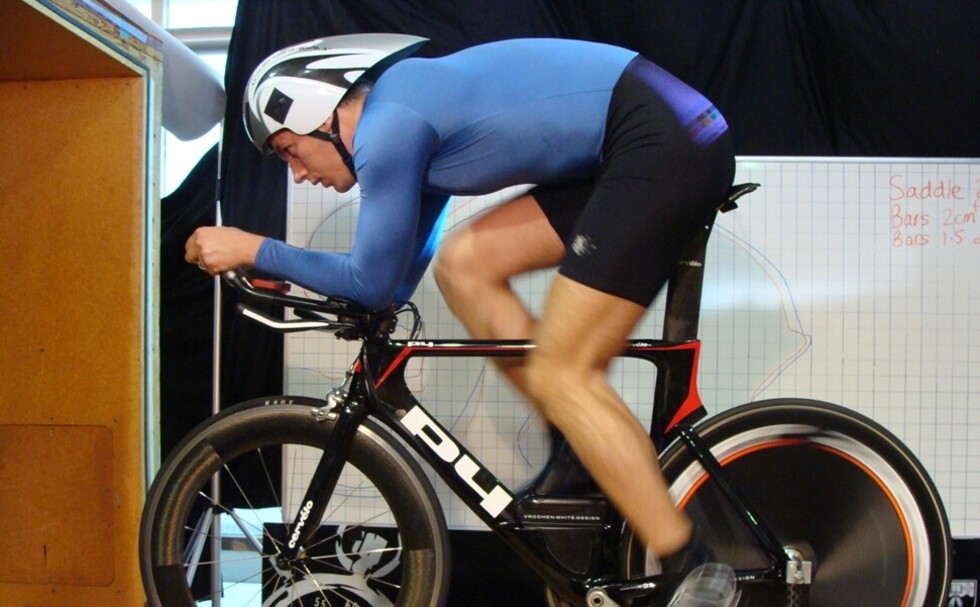Following on from Part I, where I offered proof against most of the common perceptions about the differences in physical proportions between genders, I’ll address the things that are different between Men and Women from a Cycling equipment perspective?
 Girls tend to like cutout saddles, this model serves well for many of my clients. The most obvious difference is one that I’m not going to show pictures of, suffice to say that it has a marked effect on which saddles will work for you. However – there is no one magic saddle for either gender – it’s highly individual – so don’t let gender designations stop you from trying something you think might work.
Girls tend to like cutout saddles, this model serves well for many of my clients. The most obvious difference is one that I’m not going to show pictures of, suffice to say that it has a marked effect on which saddles will work for you. However – there is no one magic saddle for either gender – it’s highly individual – so don’t let gender designations stop you from trying something you think might work.
Staying in that area – a measure not covered by the US Mil data is the width across the Ischial Tuberosities (sit bones) – perhaps the examiners were feeling prudish… However, other studies suggest that there is a real difference here, with women being somewhat wider at those points (which makes sense given what happens during childbirth).
Back to the US Mil data – if we look at feet we’re starting to get towards seeing a meaningful difference (womens feet being shorter for their height). But shoes are available in lots of sizes anyway, so that’s not contentious for bike sizing. The makers of the famous Brannock Device have a chart for comparing shoe sizes and it’s clear that shoe manufacturers have just stepped womens sizes down by one point to allow for the small difference in average length.
The conclusion that becomes clear from diving into actual data (rather than pulling figures out of the air as appears to have been the case previously) is that the differences commonly attributed to being female are merely a case of being shorter.
The differences in hand volume, foot volume, body shape and pelvic/genital shape are covered by altering ‘soft’ items (gloves, shoes, clothes and saddles) rather than dictating the need for gender specific frames, handlebars and levers (brake/gear).
I do feel that the industry does not generally serve smaller riders well and was very poor in the past – so the WS market has had room to develop to meet that need. But shorter men would be equally served by those designs (though most seem to have some resistance to using products that say WS or have ladybirds on them – I can’t think why).
I’m sure that there are a whole bunch of ladies shaking their heads at this point and saying: “My female specific bike is the best bike I’ve ever had and so much better than the ‘mens’ bike that I had before!” None of the things that make your bike better are unique to WS bikes and as mentioned before – short Men would benefit just as much from some of the features of your ‘WS’ bike.
Botticellis 'Birth of Venus' The funny thing in all of this is that the data was collected in 1988 and has been in the public domain for a long time – the mythology that has risen, like Venus from her clam shell (or Apollo in the Sun-Chariot – whichever mythical reference works for you*), has been in spite of this information to the contrary being available.
The message I’d like you to take from this article is not that your local store or favourite bike brand have been misleading you (they’re just misguided rather than malicious). All of the numbers I’ve given show how widely individuals vary in proportion. Added to this are differences in flexibility, injury history, weight distribution, core strength and sporting goals – you can see why bike set up is a highly individual thing.
That is the message I’d like you to retain – you have a unique set of requirements from your bike, regardless of gender, so your bike must be tailored to meet your needs.
*I prefer the Venus analogy because: 1. This is an article about women and 2. She’s Venus


